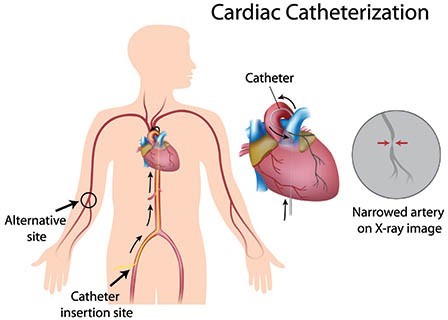A nurse is reinforcing teaching with a client about smoking cessation.
Which of the following client statements indicates an understanding of the teaching?
"I can continue to smoke while using nicotine patches."
"I should join a support group to help me be successful."
"Nicotine replacement therapy can cause cancer."
"Varenicline could make me addicted to nicotine."
The Correct Answer is B
b. "I should join a support group to help me be successful."
The statement that indicates an understanding of smoking cessation teaching is option b: "I should join a support group to help me be successful." Joining a support group is a beneficial strategy for quitting smoking as it provides social support, encouragement, and shared experiences with others who are also trying to quit.
Option a is incorrect because using nicotine patches does not allow for continued smoking as it delivers nicotine without the harmful effects of smoking.
Option c is incorrect because nicotine replacement therapy (NRT) is a safe and effective method to manage nicotine withdrawal and does not cause cancer.
Option d is incorrect because varenicline is a medication that helps reduce nicotine cravings and withdrawal symptoms, and it does not make a person addicted to nicotine.
Nursing Test Bank
Naxlex Comprehensive Predictor Exams
Related Questions
Correct Answer is B
Explanation
Answer: B. You can take a shower 1 day after your procedure.
Rationale:
A. You can resume a regular diet 3 days after your procedure:
There is typically no need to delay resuming a regular diet for three days after a cardiac catheterization. Most clients can resume their usual diet shortly after the procedure once they are fully awake and any nausea has resolved.
B. You can take a shower 1 day after your procedure:
It is generally safe to shower the day after a cardiac catheterization as long as the insertion site remains protected. Clients should avoid soaking in a bath or swimming until the site is fully healed to prevent infection.
C. You can begin exercising 2 days after your procedure:
Strenuous activities, including exercise, should generally be avoided for a few days to a week following a cardiac catheterization. This allows time for the insertion site to heal and reduces the risk of complications such as bleeding.
D. You can return to school 1 week after your procedure:
Most clients can return to school or normal activities within a few days, provided they feel well and avoid excessive physical exertion. A full week off is typically not necessary unless specified by the healthcare provider based on the individual’s recovery.

Correct Answer is B
Explanation
b. Rationalization
Explanation:
The correct answer is b. Rationalization.
Rationalization is a defense mechanism characterized by the individual's atempt to justify or explain their behavior or actions in a way that makes it more acceptable to themselves or others. It involves providing logical-sounding reasons or excuses to mask or minimize the real underlying reasons for their behavior.
In this scenario, the client is atributing their recent behavior to the loss of their job, using it as a justification or explanation for their actions. By blaming the job loss, they are rationalizing their behavior as a direct result of the circumstances they faced.
Option a, Projection, involves atributing one's own unacceptable thoughts, feelings, or behaviors to others.
This defense mechanism does not apply to the client's statement about their job loss.
Option c, Repression, involves the unconscious blocking of unwanted thoughts or feelings. It does not relate to the client's behavior or their explanation for it.
Option d, Sublimation, is a defense mechanism where an individual channels or redirects unacceptable impulses or emotions into socially acceptable behaviors or activities. It is not applicable in this context since the client is not expressing their emotions or impulses through alternative constructive means.
By identifying the client's explanation as rationalization, the nurse recognizes the defense mechanism being used and gains insight into how the client is coping with their emotions and justifying their behavior in response to the job loss. This understanding can guide the nurse in providing appropriate support and interventions to help the client manage their anger more effectively.
Whether you are a student looking to ace your exams or a practicing nurse seeking to enhance your expertise , our nursing education contents will empower you with the confidence and competence to make a difference in the lives of patients and become a respected leader in the healthcare field.
Visit Naxlex, invest in your future and unlock endless possibilities with our unparalleled nursing education contents today
Report Wrong Answer on the Current Question
Do you disagree with the answer? If yes, what is your expected answer? Explain.
Kindly be descriptive with the issue you are facing.
